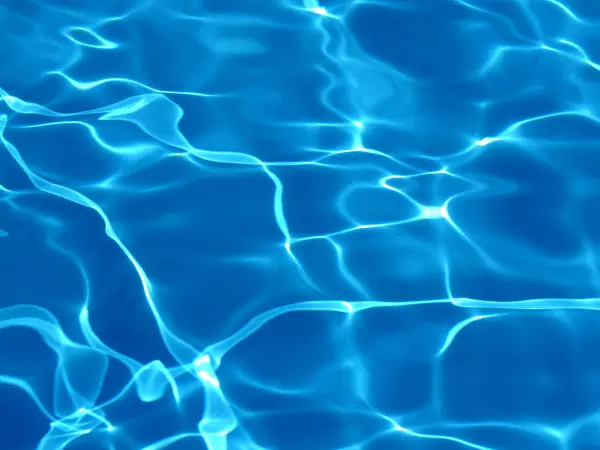
Misconceptions about drowning every parent and caregiver should know
Water can provide kids with hours of fun in the sun. But, there's a reason for caution: Drowning is the leading cause of injury-related death among children ages 1 to 4. It's also among Gundersen Health System's top 5 visits to the emergency room in the summer.
"Children can go under the water within a matter of seconds, making adult supervision essential at all times," cautions Megan Anderson, Gundersen trauma and injury prevention coordinator.
To help keep young ones safe, Megan sheds light on several misconceptions about drowning and offers tips to prevent water-related accidents and injuries.
Myth: My child will yell for help if they are in trouble.
Despite what you see in movies, there's usually no splashing, screaming or flailing arms. Drowning is a silent killer, and this is especially true for younger children. Tip: Supervise your children whenever they are in or near the water. This means actively watching and listening—not burying your face in a book or phone.
Myth: I don't need to be concerned about drowning if there are other adults around.
Unfortunately, you cannot count on a crowd to keep an eye on your children. Tip: Safe Kids Worldwide recommends designating a "Water Watcher" if you are part of a large group or party. This responsible adult agrees to watch the kids in the water without distraction and wear a Water Watcher card. After about 10 to 15 minutes, the “Water Watcher” duty transitions to another adult. This technique ensures kids are always supervised.
Myth: If there is a lifeguard on duty, my children will be safe.
As a parent or caregiver, watching young ones in the water is your responsibility. Lifeguards must focus on scanning the entire area, enforcing rules and rescuing. We can't place sole responsibility on lifeguards. Tip: Keep young children within arm's reach in the water. If you have teenagers, enforce the buddy system (always swim with a friend) so they are never alone if something happens.
Myth: I don't live near water, so I don't need to worry about drowning.
Water doesn't have to be deep for drowning to occur. As little as 2 inches of water in a bathtub or bucket is a hazard for babies and toddlers. Tip: Stay in the bathroom every minute your child is bathing. Empty bathtubs and kiddie pools when they are not in use. Enclose in-ground pools with a four-sided fence and a locking latch, so there's no chance a child can sneak in.
Myth: My kids took swimming lessons, so they don't need a life jacket.
Knowing how to swim doesn't mean your child will know what to do if they are in trouble. A properly fitted life jacket improves the chances of survival and rescue. Tip: Life jackets only work if you're wearing them. They are always recommended for children and adults while boating or swimming in lakes and rivers, as currents and depths can change quickly.
If there's one takeaway from this article, it is this: The absence of adult supervision is a factor in nearly all childhood drownings.
In addition to the precautions above, also consider:
- Enrolling children in swimming lessons
- Learning CPR
- Keeping a cell phone handy in the event of an emergency
- Sharing this information with your loved ones
If someone is drowning:
- Call 911 immediately.
- Notify a lifeguard if one is close.
- Help the victim out of the water if possible. To ensure your own safety, throw the victim a flotation device or use a branch/pole to reach them. Safety is a must for you as a rescuer.
- Clear the way for medical professionals. If they have not arrived, find someone trained in CPR.